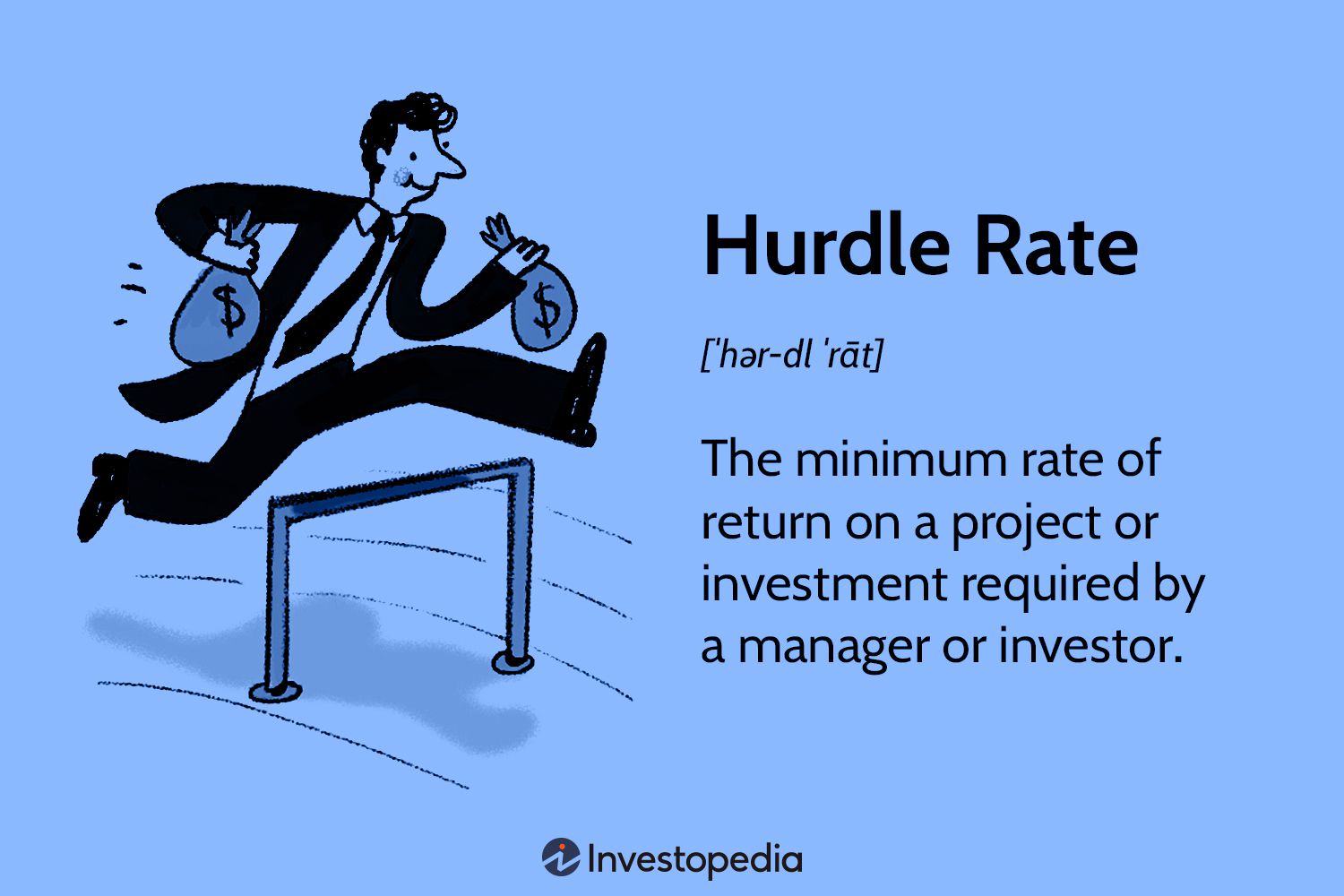In the world of finance and investment, the term “hurdle rate” is commonly used to evaluate the potential profitability of an investment opportunity. In this comprehensive guide, we will delve into the concept of hurdle rate, its significance, calculation methods, and its relevance in making sound investment decisions.
Table of Contents
What is Hurdle Rate?
The hurdle rate, also known as the minimum acceptable rate of return (MARR), is the minimum rate of return that an investment must generate to be considered viable. It represents the opportunity cost of investing in a particular project or opportunity, taking into account the level of risk associated with it.

Credit: www.investopedia.com
Significance of Hurdle Rate
Establishing a hurdle rate is crucial for businesses and investors as it serves as a benchmark for assessing the attractiveness of potential investments. By comparing the expected return of an investment opportunity with the hurdle rate, decision-makers can determine whether the investment is worth pursuing.
Calculating Hurdle Rate
There are various methods to calculate the hurdle rate, such as the risk-free rate of return, the equity market premium, and the beta of the investment. These factors are combined using formulas like the Capital Asset Pricing Model (CAPM) to arrive at the hurdle rate that reflects the specific risk profile of the investment.
Application of Hurdle Rate in Investment Decisions
When evaluating potential investments, the hurdle rate acts as a filtering mechanism to prioritize opportunities with the highest likelihood of delivering returns that exceed the cost of capital. This ensures that resources are allocated to projects with the best potential for creating value.

Credit: www.youtube.com
Hurdle Rate and Risk Management
Hurdle rates are aligned with the risk tolerance and investment objectives of the company or investor, serving as an essential tool for risk management. By setting a hurdle rate commensurate with the perceived risk, decision-makers can make informed choices regarding the allocation of resources.
Hurdle Rate and Project Evaluation
In project evaluation, the hurdle rate aids in determining the feasibility of a project by comparing its expected returns with the minimum required rate of return. Projects that fail to exceed the hurdle rate may be deemed unviable and not pursued, helping to avoid potentially unprofitable ventures.
The Impact of Hurdle Rate on Investment Portfolio
For portfolio managers and investors, the hurdle rate influences the selection of assets within the portfolio. Investments that do not meet the hurdle rate may be excluded, while those exceeding the hurdle rate are considered for inclusion, aligning the portfolio with the desired risk-return profile.
Adapting the Hurdle Rate for Different Investments
Different types of investments carry varying levels of risk, and as such, the hurdle rate should be adjusted to reflect this diversity. Higher-risk investments may necessitate a higher hurdle rate to compensate for the increased likelihood of lower returns or potential losses.
Frequently Asked Questions On Hurdle Rate
Faq 1: What Is A Hurdle Rate In Finance?
A hurdle rate in finance is the minimum rate of return that an investment must achieve to be considered acceptable or profitable.
Faq 2: How Is The Hurdle Rate Calculated?
The hurdle rate is typically calculated by considering factors such as the risk-free rate, market risk premium, and specific risk factors related to the investment project.
Faq 3: Why Is The Hurdle Rate Important?
The hurdle rate is important because it helps investors and businesses evaluate the potential return and risk associated with an investment. It also assists in decision-making by determining whether an investment project meets the required rate of return.
Conclusion
In conclusion, the hurdle rate is a fundamental concept in investment decision-making, guiding the allocation of resources, risk management, and the evaluation of investment opportunities. Understanding and applying the hurdle rate empowers businesses and investors to make well-informed and strategic investment decisions, ultimately contributing to long-term financial success.
